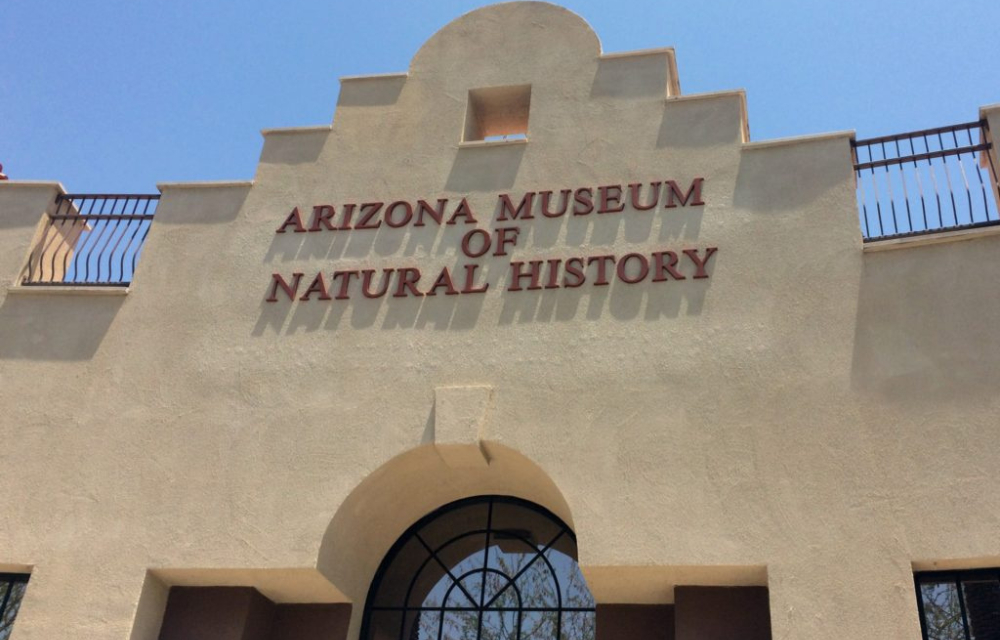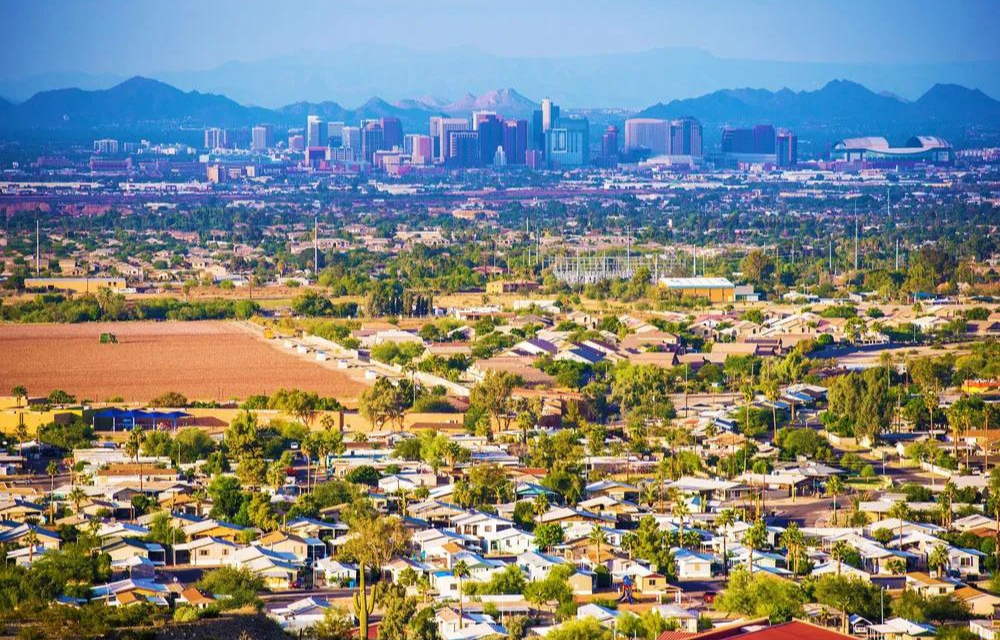The History of Phoenix, Arizona
The city of Phoenix, Arizona is located in the Sonoran Desert and is one of the most populous cities in the United States. With a unique history and culture, it’s no wonder why so many people call it home. Phoenix, the capital and most populous city in the U.S. state of Arizona, has a long and rich history that dates back to 1867. It began as an agricultural community at the confluence of the Salt and Gila Rivers and over the years has grown into a modern-day metropolis. Here is a look at some of the key milestones in Phoenix’s history.
Early Settlement
The city was founded when Jack Swilling, a Confederate veteran from Virginia, organized a group of settlers to establish an irrigated farming community near what is now downtown Phoenix in 1867. The settlement was named “Phoenix” after the mythological bird which rose from its ashes because it had also been destroyed multiple times by floods and fires before finally finding success with Swilling’s irrigation system. The first settlers to what would become the city of Phoenix arrived around 1867. They were drawn to this area due to its fertile soil and abundant water resources, which were essential for agricultural production. After they established their presence in this new land, they named their settlement “Pueblo de los Angeles” or “Town of Angels.” With time, this name evolved into “Phoenix.”

Incorporation as a City
In 1881, Pueblo de los Angeles was officially incorporated as a city with a population of around 2000 people due to its strategic location in the desert valley between Albuquerque, New Mexico and Yuma, Arizona. This location made it ideal for transportation and trade between California, Mexico and New Mexico which spurred much economic activity throughout the region. . The development and growth of Phoenix was rapid over the next several decades, fueled by the boom in the local cotton industry and other agricultural products such as citrus fruits and cattle. It wasn’t long before Phoenix became an important hub for trade and commerce in this region of the American Southwest.
Designation as Territorial Capital
It was only natural that when Arizona became an official American territory in 1889 that Phoenix should serve as its capital city. This designation allowed for further development in infrastructure and attracted more settlers looking to capitalize on all that Phoenix had to offer economically and culturally. As such, its population skyrocketed over the following decades and new industries began to emerge such as copper mining which further bolstered its economy. If you’re looking for things to do in Phoenix, Arizona, you’ve come to the right place. From hiking and biking to playing golf or visiting one of the many museums, there’s something for everyone in Phoenix. And if you need help planning your trip, our team of experts are here to help. Additionally, Phoenix has also been home to some famous actors born in Phoenix Arizona, such as Emma Stone and Lynda Carter. The city has a rich cultural history and has contributed significantly to the entertainment industry. Whether you’re interested in exploring the city’s natural beauty or its vibrant arts scene, Phoenix has something for everyone to enjoy.
The Five C’s
By mid-20th century, five major industries had come to dominate much of life in Phoenix — cotton, cattle, citrus fruits, environment (due to tourism), and copper mining — which earned it the nickname “the five C’s”. These industries produced much wealth for many families who lived there but also took a toll on its natural resources due to their intensive practices. During this period of time Phoenix experienced rapid economic growth as agriculture became its main industry thanks to new technologies such as refrigeration allowing crops like cotton to be grown in abundance locally for export purposes. In addition, railroads were extended throughout Arizona which connected local cities together allowing for easier transportation of people and goods around the region.
The Great Depression & World War II
The Great Depression hit hard on Phoenix like many other cities across America but due to its strong agricultural base it was able to survive more easily than many other places. During World War II however, many production facilities were built around Phoenix due to its close proximity with military bases causing some disruption to local businesses but ultimately helping stimulate growth after the war ended thanks to an influx of new jobs created by these establishments.
Population Boom & Air Conditioning Innovations
The population boom continued during this period with more people moving into town due to increased job opportunities brought on by high technology companies which had started flooding into Valley leading towards further development projects like highways being constructed around town allowing greater access for commuters travelling into work or out on vacation trips etcetera. On top of this air conditioning improvements made living during hot summers much bearable so even more people decided settle here making Phoenix one largest cities in Southwest United States today!
City Expansion & Economic Growth
Since then Phoenix has continued expand economically through recent decades both culturally residentially but also commercially office buildings shopping malls universities scientific research parks etcetera all being built contributing towards overall growth prosperity city today! With population currently just over 1 million citizens there still plenty room left fill up so expect see even more progress future years!
High-Tech Industry Boom
In subsequent years after World War II ended, high-tech firms started flooding into the valley which gave rise to modern day Silicon Valley South or Metro Phoenix as some refer to it today. This influx also brought along advances in air conditioning technology which made living in hot desert climate far more bearable — something that can’t be understated when talking about why so many people choose live here today!
Conclusion
From its humble beginnings as an early settlement known as Pueblo de los Angeles all those centuries ago up until now where it stands tall among many other great cities across America —Phoenix has certainly come a long way! Its history is rich with both triumphs and hardships but all have worked together over time to forge this amazing destination we know today full of wonderful attractions like Camelback Mountain or even just simply enjoying views from some of its world class resorts & spas!

